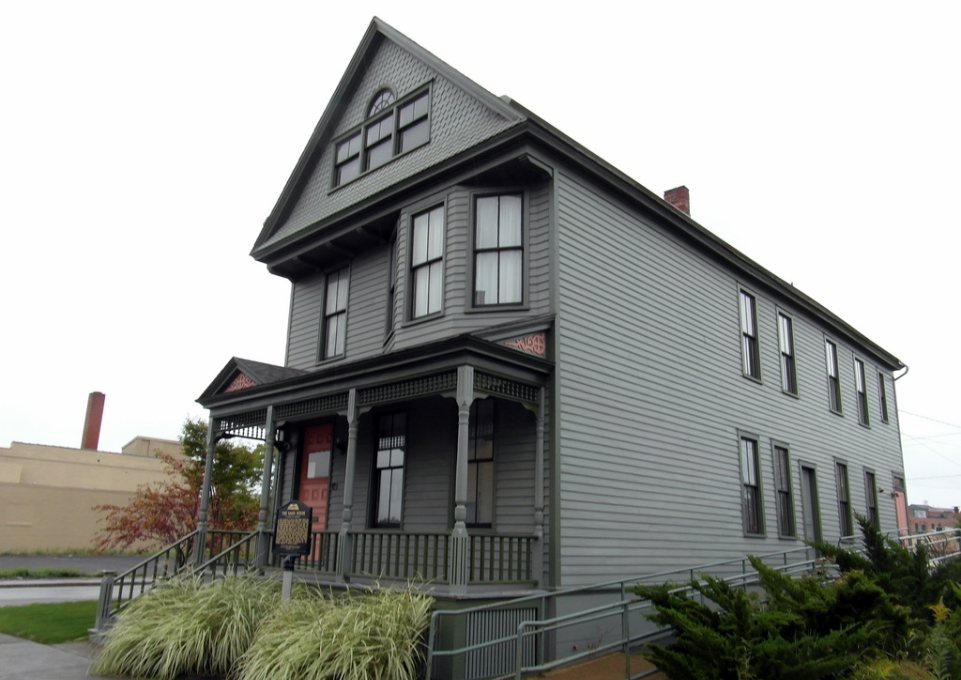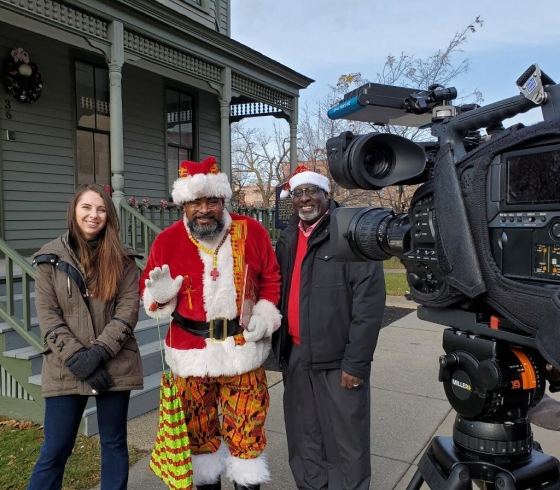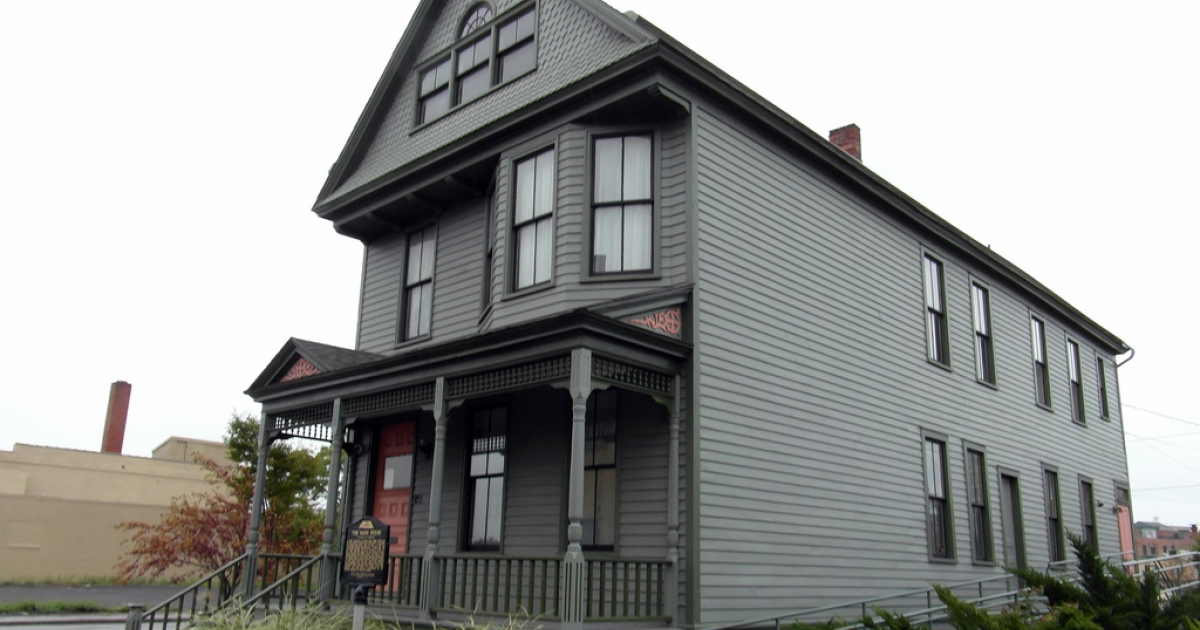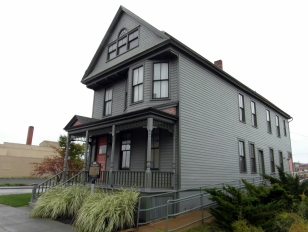
In spring 2020, Audrey Clark, ’19, was searching across Western New York for an opportunity to use the skills she gained through Buffalo State College’s master of arts in museum studies program and her passion for history.
Clark did not expect to be looking for a job during the wake of the COVID-19 pandemic. Nonetheless, she found a posting in her field and within a professional niche that she had discovered as a graduate student.
“I worked with the Michigan Street Baptist Church in a museum studies class, so I decided to apply,” said Clark, who became the first program manager of the Michigan Street African American Heritage Corridor Commission in March 2020. The Heritage Corridor is a nationally and internationally recognized Buffalo neighborhood that serves as the focal point of the city’s rich African American history.
The corridor spans Michigan Avenue between Broadway and William streets and encompasses four cultural anchors known for their historical significance—the Baptist Church, the Colored Musicians Club, the Nash House Museum, and WUFO/Black History Collective. It is also home to the Freedom Wall, a Civil Rights mural painted by several Buffalo State alumni artists.
According to Executive Director Terry Alford, ’84, the commission serves “to advocate for the cultural and historical significance of the African American community, not just in the city of Buffalo, but the Buffalo Niagara region and the entire country.”
“We achieve this mission through public participation, engagement programs, community development, and historic preservation,” said Alford, who became the commission’s first full-time staff member in early 2020.

Audrey Clark, ’19 (left), and Terry Alford, ’84 (right).
“I serve as a conduit between the corridor’s stakeholders, including political leaders, private developers, residents, and board members,” he said. “These are exciting times for the corridor. Having dedicated staff has created momentum and new synergy.”
Alford collaborated on the corridor’s first strategic action plan, which integrated 12 months of community outreach data, to help develop the area's neighborhoods to better serve residents and visitors.
According to Alford, his education and roots have enabled him to lead the commission and liaise with its vital public-private partners, including Empire State Development, the University at Buffalo Regional Institute, and East Side Avenues.
“I am a product of this community, which makes me uniquely positioned for this role,” said Alford, who studied sociology and urban planning at Buffalo State. “I learned how these disciplines can be integrated into my work to support transformational change, which does not happen overnight and includes many players.”
Clark said there is never an ordinary day on the job. She develops various visitor programs and information for the corridor’s cultural anchors, including youth education, public awareness campaigns, volunteer opportunities, and special events.
“This is a dream job. Not many people get to work for essentially four different museums,” Clark said.
She added that applying with confidence led to her landing such a fulfilling role.
“We all have looked at a job posting and thought, I am never going to get it, so why even apply,” she said. “You have to remind yourself that you are capable but always be willing to learn and ask questions.”
Alford added that Clark’s flexibility, ability to adapt, and breadth of knowledge have made her the ideal counterpart to serve the corridor and strengthen the commission.
“Audrey has so many diverse skills and has helped the commission in many ways,” Alford said.
Alford always saw himself being an agent of change at the grassroots level but never anticipated becoming a nonprofit director several decades into his career.
“It’s one of the best decisions I have ever made,” said Alford. “You can’t be afraid to take risks, explore new opportunities that connect to past experiences, and be open to new ideas.”
Visit, learn, and get involved: Visit the Michigan Street African American Heritage Corridor Commission website for more information and view virtual tours of the cultural anchors.
Top photo courtesy of the Michigan Street African American Heritage Corridor Commission.



